After a very full day and a half of visiting ancient Roman ruins, we spent our second full day at the Vatican. A hair-raising taxi ride took us from our hotel right to Piazza San Pietro, the huge open area in front of St. Peter’s Basilica. We couldn’t help but notice the enormous crowd seated between barricades that stretched from the fountain and obelisk all the way up to the steps of the basilica. We strained to make out the figures on the stage that was set up on the top of the steps, and quickly realized it was none other than Pope Benedict himself!
He holds a regular Wednesday audience when he is not traveling. We’d read about this in the guide book, but I assumed it was held inside, and with a smaller audience. Nope! Turns out it’s held outside, with jumbotrons and everything. When I took this photo, the Cardinal next to him was speaking, but Pope Benedict spoke (in German, I think) shortly after. We listened for a moment before heading towards the Vatican Museum since St. Peter’s was obviously closed until the Wednesday audience was finished.
The Vatican Museum is infamous for having super long lines to get in, but we got lucky — either the time of day, or the fact that tons of people were in the square listening to the pope, meant that we only had to wait for about 20 minutes. Soon, we were in and wandering the halls. The Vatican Museum has an INCREDIBLE collection of art, and there was something in every room to blow our minds. The last time I was in Rome, our group blew through the rest of the museum quickly on our way to the Sistene Chapel, but Jose and I really took our time and explored most of the areas.
I discovered on this trip that I have a greater appreciation for sculpting than for painting — not that painting isn’t great, but sculpture just seems impossible to me. How can someone look at a block of marble and “see” something inside it? I just don’t have that talent. The Vatican Museum had no end of amazing sculptures, and I could have stared at them all day. Some of them were particularly well-situated to take advantage of dramatic natural lighting, as you can see above.
In addition to all the sculptures and paintings, the Vatican Museum is really its own work of art. The floors are beautiful — some filled with all different colors of marble, and others intricately decorated with detailed mosaics. And the ceilings — WOW, the ceilings! The photo above is just one example from the Hall of Maps. As if having the walls filled with paintings of maps of Italy and the surrounding region weren’t enough (I do love maps), you can’t stop craning your head to admire the ceiling. Some were painted, some were coffered, and some mixed frescos with protruding figures and shapes.
One of the highlights of the museum were the Raphael rooms, filled with frescoes commissioned by Pope Julius II. One of the most famous is The School of Athens, which also happens to be one of Jose’s favorite paintings ever. I hadn’t realized it was in the Vatican Museum…or actually, since it’s a fresco, it’s an integral part of the WALL of the Vatican Museum. The central figures are Plato and Aristotle, and they are surrounded by a number of other ancient philosophers and scientists like Socrates, Pythagoras, and Ptolemy. Raphael even painted himself into the fresco — you can see just his face, wearing a black hat, on the far right of the painting. It was very impressive in person, and we looked at it for a long time before moving on.
One of the final stops in the museum is the Sistene Chapel. Photos were not allowed inside, so here’s one I found online that really gives a good idea of what it looks like. We entered the chapel through the door on the bottom right, and made our way through the tightly packed crowd to a set on one of the benches that runs along the each wall. We were able to sit down, look up, and admire Michelangelo’s work on the ceiling for quite some time. It’s really crazy to think of him up on a ladder or on his back for more than 4 years to finish it. We also spent a while looking at his Last Judgment, which he painted much later in life on the front wall of the chapel. Interestingly, Michelangelo apparently was hesitant to do the ceiling, since he considered himself more of a sculptor than a painter.
As we left the museum, we were routed through a gift shop (surprise), but also passed a Vatican City post office. We stopped long enough to write a couple postcards to our families so that we could send them from Vatican City. Yep, technically, we visited TWO countries on our trip! (Ok, three, if you count our layover in Amsterdam.)
We were in the museum for 3-4 hours, so by the time we emerged and stopped for a late lunch, St. Peter’s was open again after that morning’s audience with the Pope. We had to go through metal detectors to get in — I don’t remember metal detectors in 2001, but I’m not really surprised to see them anywhere these days. We admired the facade of the church as we walked up the steps to go inside. The interior of St. Peter’s is really stunning. First of all, it’s enormous and I felt very tiny compared to the giant columns and statues. And we arrived late in the afternoon, when the sun was streaming through the windows of the dome and three rays of light clearly cut through the otherwise dim interior.
There are some awesome statues too, many of them in dramatic poses. I cropped some heads out of this photo from the bottom of the frame, but for reference, this statue was at least 2-3 times life size.
The most famous piece of art inside St. Peter’s is probably Michelangelo’s Pieta. Compared the the huge statues lining the main hall of the church, the Pieta is relatively small, but still awesome to see. (Other fun fact: as if the Sistene Chapel and Pieta weren’t enough, Michelangelo also designed the dome on St. Peter’s. I never knew that before this trip.)
By the time we left the Vatican and ate dinner, it was dark. On the walk back to our hotel, we passed some ruins near — but not part of — the Forum. That was one of the craziest things about Rome: the sheer volume of ancient ruins. There are so many that a lot of them are just on a random street corner, and you just happen to spot it as you walk by. Some of them are incorporated into the walls of more modern buildings, so you almost don’t notice them unless you really look. I wonder what modern day Romans think about them? I wonder if they even notice, or if they’re just used to it?
The next morning, we had time to do one more thing before catching our afternoon train to Florence, so we decided to go visit the catacombs along the Appian Way. These are still in Rome, but farther out from the normal tourist area, so we got a taxi there and caught the bus back. There are many different areas of the catacombs, and we went to the Catacomb of San Callisto. The ancient Romans cremated people when they died, but Christians were buried, and as Christianity began to spread, they began to dig catacombs in the volcanic soil outside the city limits. After Christianity became more “official,” the catacombs were no longer used. Photos weren’t allowed inside, but it was a really interesting thing to visit, and pretty interesting to compare this part of early Christianity to the huge abundance of art and architecture of the Vatican from the day before.
It was also nice to get out of the city center and see an area that felt much more tranquil, with green trees and a nice breeze. We had to wait for the bus on the edge of this road. It was a little scary since we had about 2 feet of space to stand in between 10 feet walls and cars whizzing by in both directions, but at least it was a pretty area!
So that was Rome! Here’s the full set of photos from Rome, Part 2. Next up: Florence!
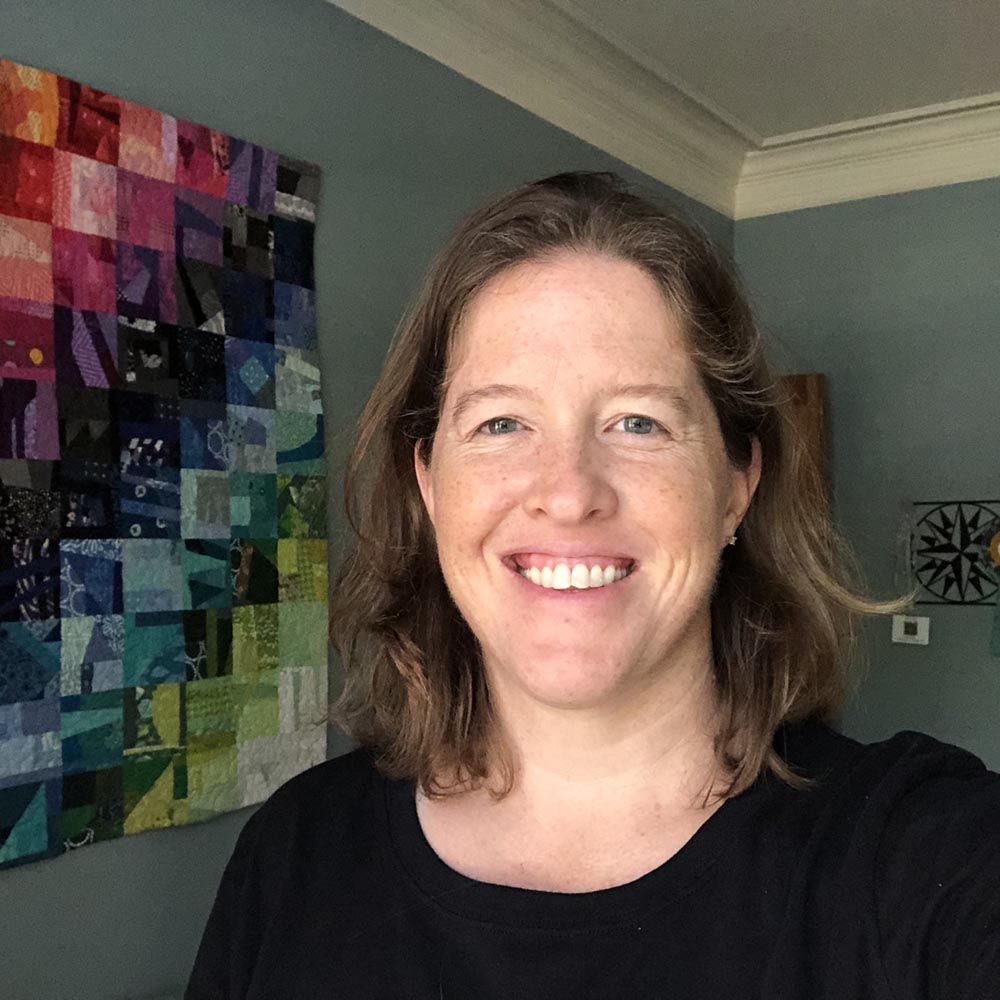
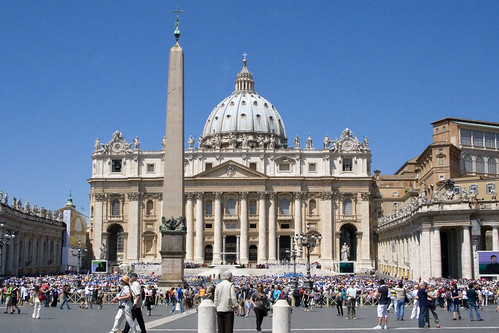
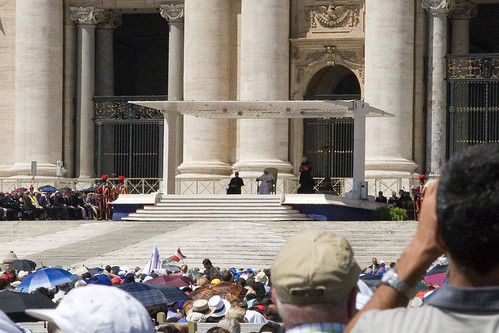
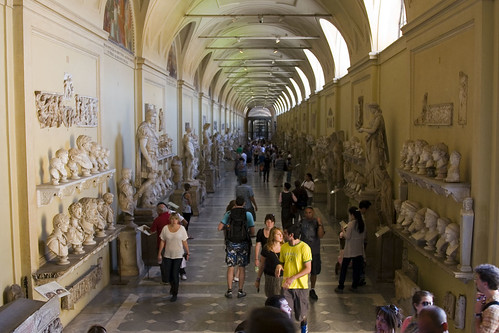
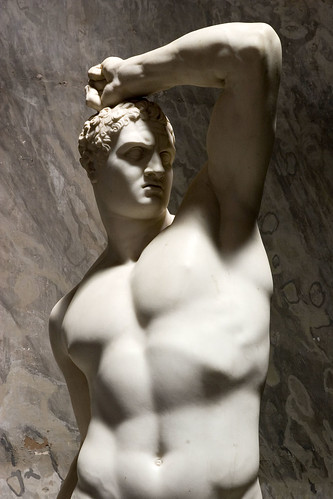
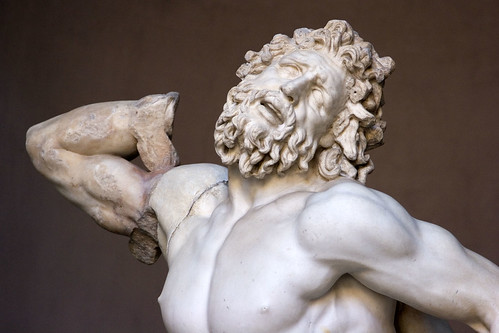

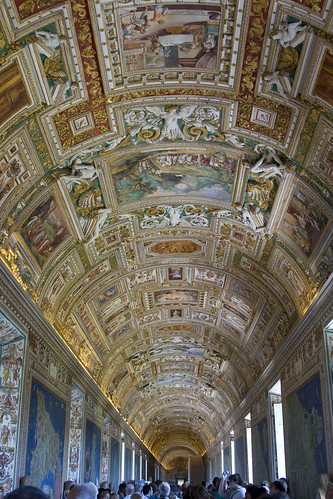
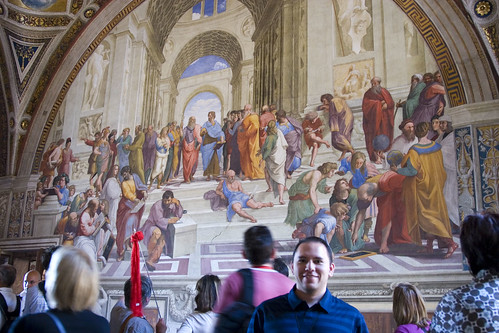

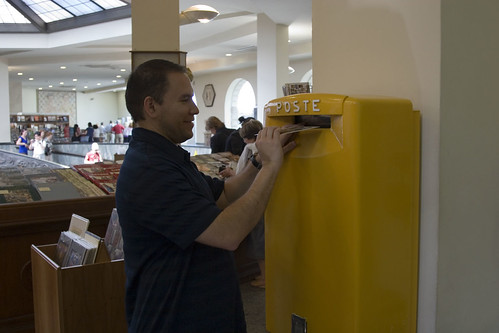

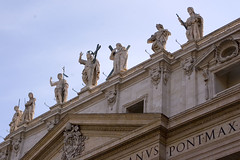
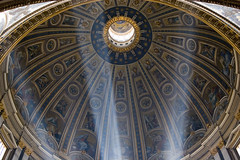
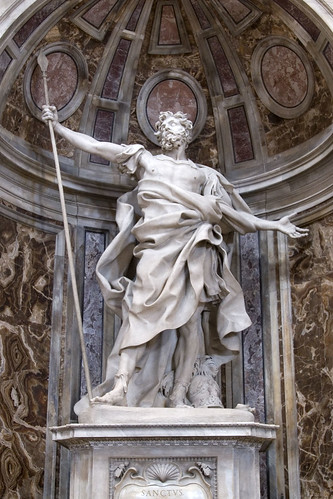
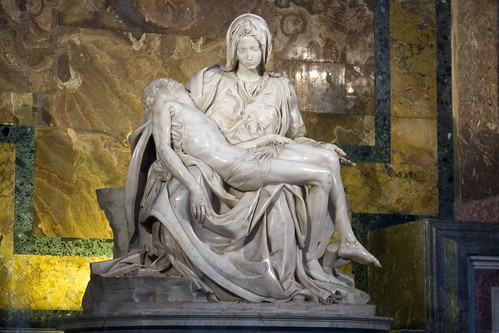
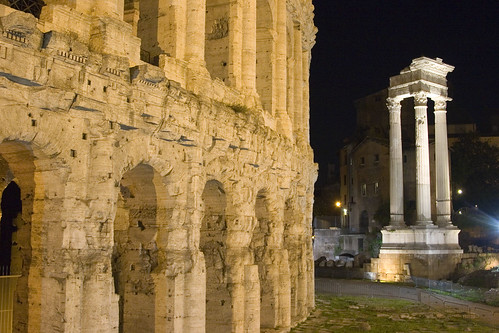

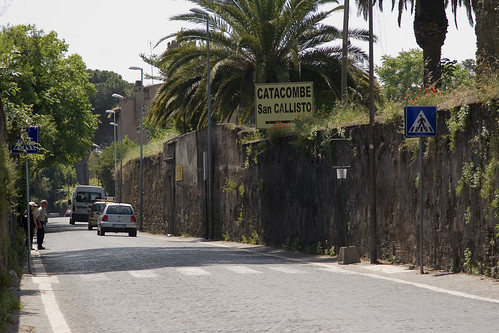
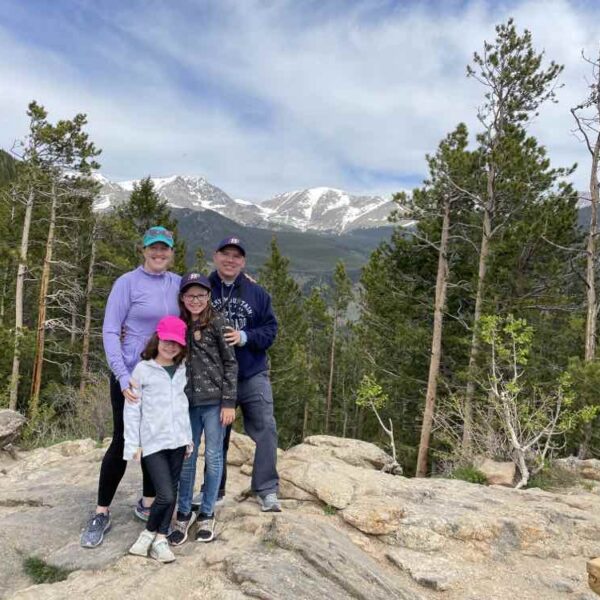
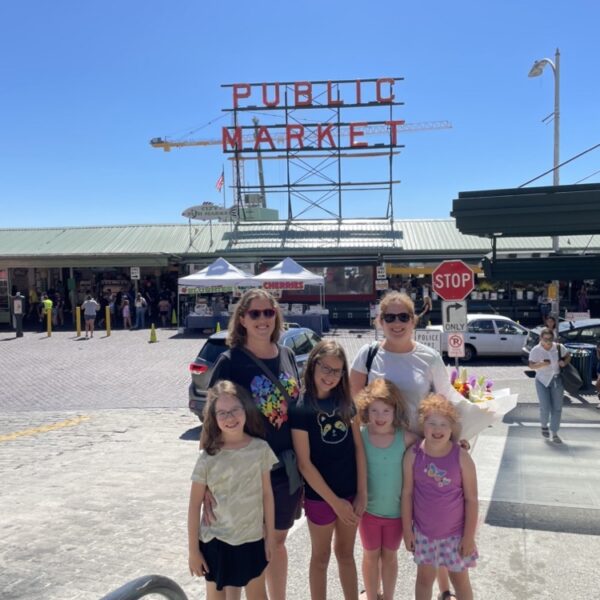
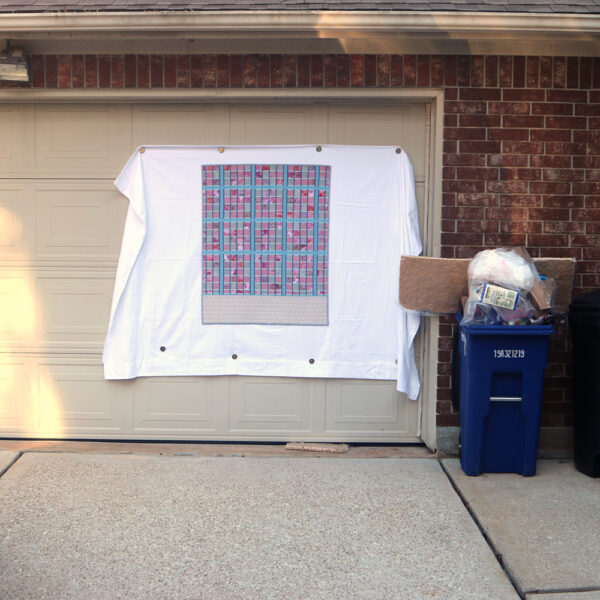





I like sculpture better, too. I love Michelangelo’s Pieta – in pictures anyway. I’ve never seen it in real life.
Glad you’re enjoying Italy! We were in Bologna and Parma a couple of months ago–might try to get to Rome this summer.
Don’t suppose you’ll skip north into Bavaria on this trip, will you?
Beautiful photos Sarah. Ohh… I can’t wait to get myself to a place where I can travel regularly. Until then I love reading accounts like this.